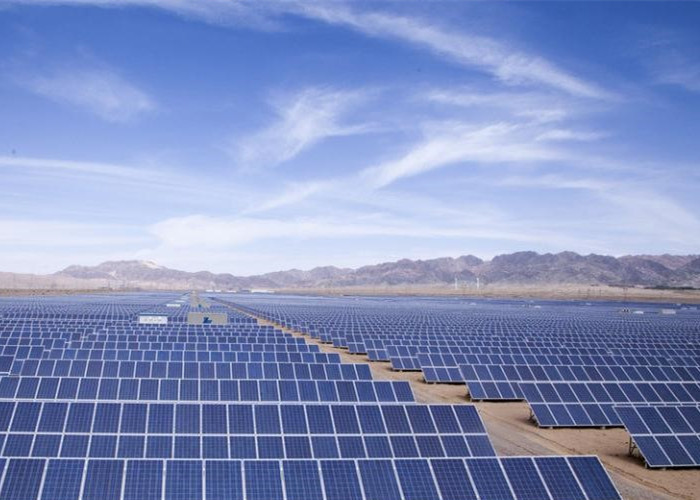The installation of photovoltaic solar ground mounting systems has high requirements for the environment, so we need to provide better schemes and materials according to the requirements of the actual environment. Design of photovoltaic scaffolds Most countries/regions have local standards related to the wind loads acting on the region. These standards form the basis of the static calculation of the system. Let’s take a look at some points to pay attention to solar installation systems.

1. ground mount solar foundations
If the project ground mount solar design is directly based on the static design formula and the ground foundation is ignored, whether it is sand or soil or mountain. The firmness of the same design varies greatly in different environments. Because any forces acting on the system must be absorbed by the column and transferred to the ground. In high winds, the ground is usually the weakest link in the chain.If a hurricane sweeps over a solar module, it creates a suction effect — similar to an airplane wing. Huge pulls and levers act on the foundations of the system, which can cause them to loosen or even be pulled out of the ground.
Therefore, the basis of any careful planning is an accurate examination of soil conditions. This is usually done through geological reports, which analyze the structure, composition and porosity of the soil. Professional pv support engineers will also select suitable ground fixed foundation solutions based on mechanical accounting tests.
2. Static calculation
Following design criteria for use in different areas, it is important to understand exactly what is called the load side in subsequent static calculations of the system. For manufacturers of high-quality systems, extensive wind tunnel testing is an integral part of product development. With the data obtained in this way, the force can be calculated accurately. It is important to consider all components. It is important that vendors conduct thorough component testing during product development. Serious vendors check and calculate component resistance during product development using so-called finite element methods, in which the physical behavior of components under load is extensively simulated and calculated. And, ideally, real stress tests. This increases the development effort. Even under extreme conditions, the assembly system can last the planned 25, 30, or even 40 years, putting the stent system to real-world testing.
3. Installation details
The product specifications and dimensions of the solar panel mounting brackets system should be accurately matched to ensure the accurate installation of the whole system at the construction site. Accurate and comprehensive documentation and assembly instructions and corresponding technical drawings are important. Especially since assembly is usually carried out by outside companies. These drawings not only contain detailed assembly instructions. They also point to sources of errors, such as the correct tightening torque of screws.
4. Environmental factors
After the photovoltaic support system is installed, the system may be exposed to external damage in different environments. For rainy season or windy areas, regularly maintain the ground foundation to ensure the leveling of the ground. The tropics are not only the extremes of possible wind loads. The atmosphere also affects steel components more than almost anywhere else on Earth. On the one hand, the chloride content in the air in coastal areas is very high, which greatly promotes and accelerates corrosion. In addition, the high humidity often forms condensation on the components in the morning and evening. Both phenomena occur simultaneously close to the coast. In tropical areas with strong winds, the photovoltaic system is protected by corrosion.
Kinsend has more pv knowledge to share with you. Welcome to send email to communicate with us. Mail: Info@kinsend.com